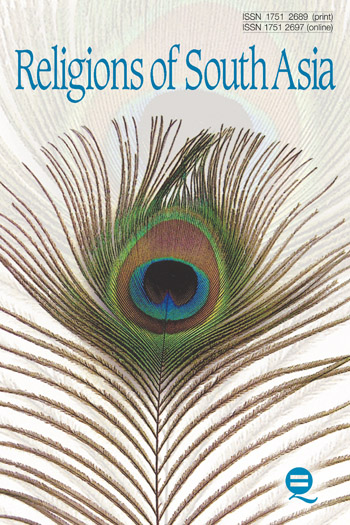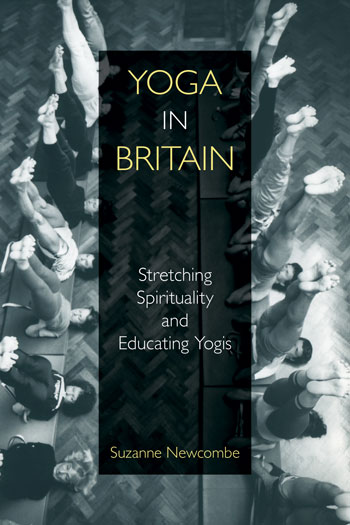Reviews
Matylda's book presents her thought-provoking research on three of Kṛṣṇamācārya's disciples whose teachings have been at the forefront of transnational yoga. Her comparative discussion applies hermeneutical theories on cognition, language and kinaesthesia to reveal new perspectives and insights into modern yoga. This book should interest both scholars and practitioners of yoga alike.Jason Birch, Senior Research Fellow, SOAS University of London
Thinking in Āsana is a remarkable achievement. In clear, illustrative language, Ciołkosz articulates how different yoga traditions construct different ways of being in the world through a combination of embodied practices and conceptual framings. This book’s phenomenological analysis of contemporary yoga practices articulates a much needed advancement to our understanding of modern yoga.
Through a close examination of the embodied practice and published literature of the three most globally influential yoga students of Tirumalai Krishnamacharya (i.e. T.K.V. Desikachar, B.K.S. Iyengar and K. Pattabhi Jois) Ciołkosz unpacks the distinctions between each tradition, exploring in detail how and why these practices are physically and psychologically transformative.
Thinking in Āsana should be required reading for all those interested in yoga as a transformative or health-promoting practice.
Suzanne Newcombe, Senior Lecturer in Religious Studies, The Open University
In this compelling book, Matylda Ciołkosz deploys cognitive science and phenomenological theory to offer a fascinating perspective on embodiment and meaning-making in postural yoga. It should be essential reading for anyone interested in thinking more deeply about the meaning of practice in contemporary yoga.
Mark Singleton, Research Associate, Centre of Yoga Studies, SOAS University of London, and author of Yoga Body and Roots of Yoga
Thinking in Āsana is a sophisticated and coherent account of how yoga practice and philosophy interconnect, which will be an invigorating read for both scholars and practitioners alike. Beyond the academy, it will be a valuable addition to teacher training programmes on yoga, inviting dialogue on how philosophical metaphors are deconstructed in praxis. The productive combination of linguistics and kinaesthetics is a novel addition to current scholarship on yoga in the humanities and will likely become an influential text in shaping future interdisciplinary studies, particularly in the context of bridging the gap between biology and sociology, science and philosophy, scholars and practitioners.
Religion
Overall, Thinking in Asana ̄ provides an impressive discussion of Viniyoga, Iyengar Yoga, and Ashtanga Yoga and illustrates how yoga practice influenced by the specific philosophy and language of each produces different experiences with and understandings of the body and of yoga for practitioners. Matylda Ciołkosz’s book should appeal both to scholars of yoga as well as more advanced practitioners.
Nova Religio









